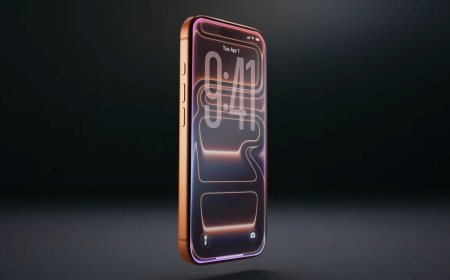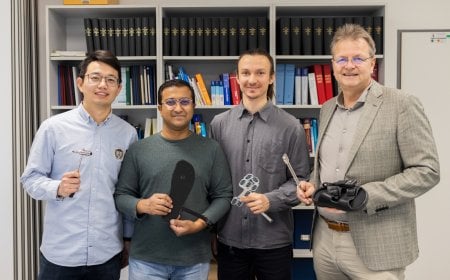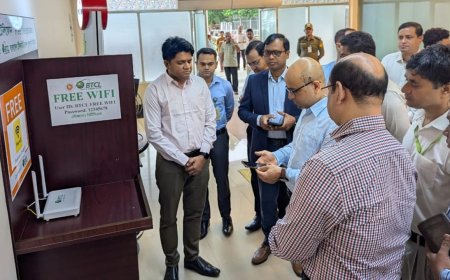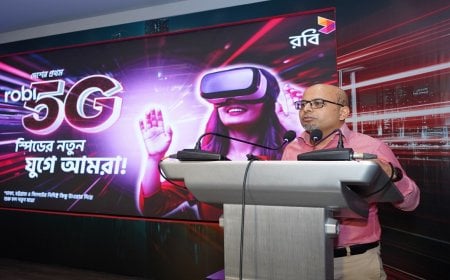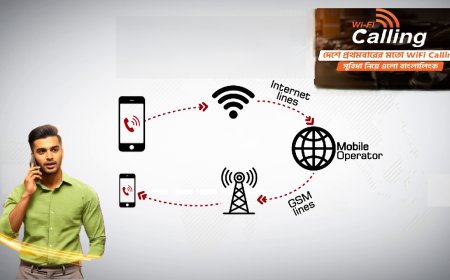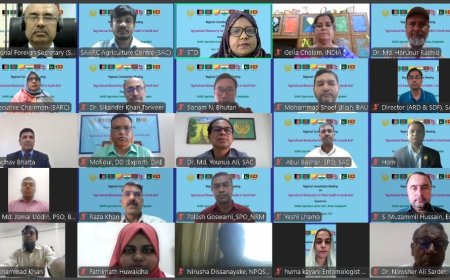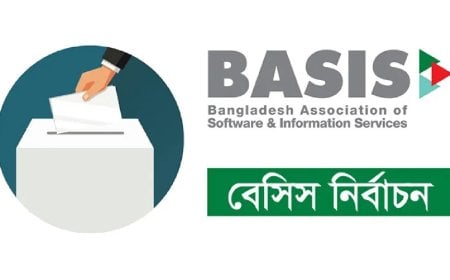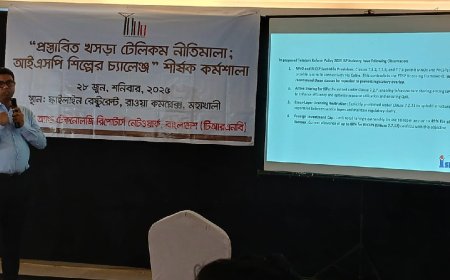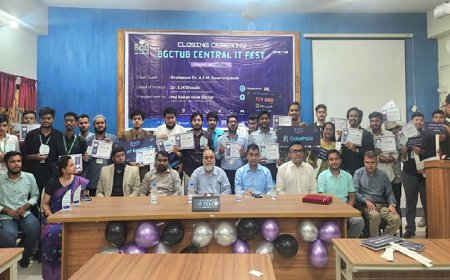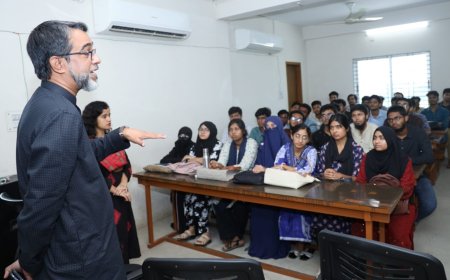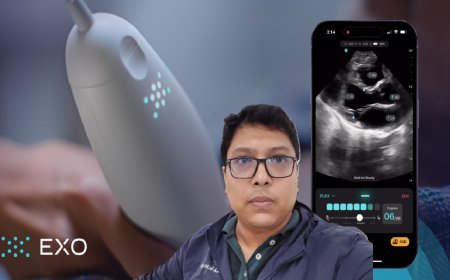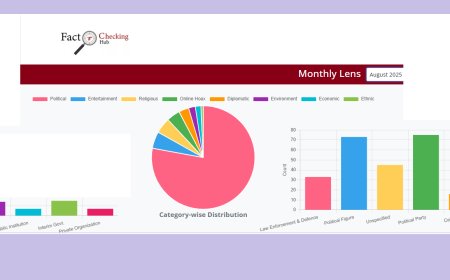Banglalink Breaks Barrier with Bangladesh’s First VoWiFi Service
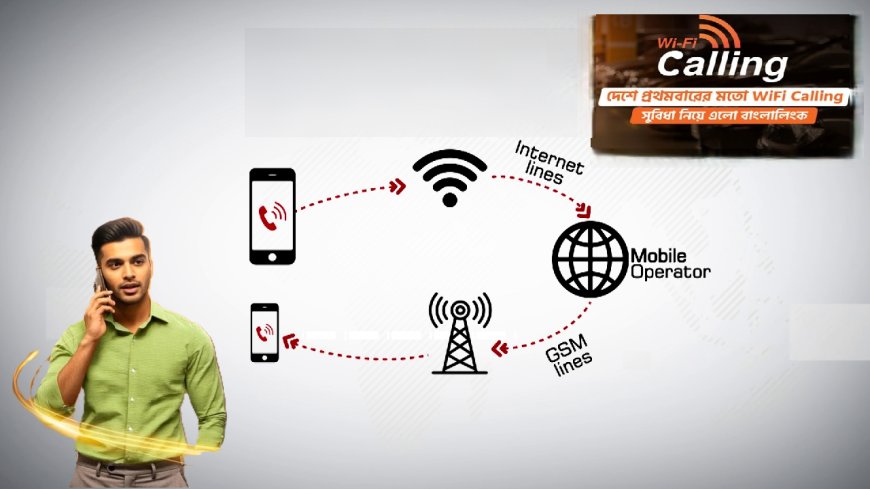
Banglalink, the mobile operator that has recently rebranded itself as an innovative digital operator, is earning wide appreciation for being the first in Bangladesh to introduce Voice over Wi-Fi (VoWiFi) services. With this launch, Banglalink subscribers will enjoy stronger indoor coverage in basements, high-rise buildings, and rural areas where mobile signals are often weak. The offloading of voice traffic from cellular towers will also enhance overall service quality, reduce call drops, and ensure clearer HD voice calls. Moreover, experts noted that during international roaming, subscribers will be able to make calls over Wi-Fi at local rates.
Commending Banglalink for its pioneering step, Faiz Ahmad Taiyeb, Special Assistant to the Chief Adviser on Posts, Telecommunications, and Information Technology, hailed the introduction of VoWiFi as “another milestone in Bangladesh’s telecommunications sector.”
In his words, “The government firmly expects that all mobile operators will quickly launch VoWiFi services nationwide, so that both urban and rural users benefit equally. To this end, we have already sent a directive to the Bangladesh Telecommunication Regulatory Commission (BTRC) at the beginning of August to prepare the necessary policies and guidelines. The government is committed to elevating telecom services to international standards and will continue to provide full support for the successful implementation of modern technologies including VoWiFi, VoLTE, and 5G. We believe this collective effort will improve customer service quality and place the future of Bangladesh’s telecommunications sector on a stronger foundation.”
Discussing the technical and practical aspects, telecom engineers explained that Voice over Wi-Fi is a technology enabling mobile users to make standard voice calls using available Wi-Fi networks instead of relying solely on mobile networks (2G/3G/4G/5G). While the user experience remains identical, the call is routed via Wi-Fi instead of cellular networks.
When VoWiFi is enabled on a device and it connects to a Wi-Fi network, the phone sends a special authentication request (EAP-SIM/EAP-AKA) through an evolved Packet Data Gateway (ePDG) to the mobile operator’s server. This connects to the AAA (Authentication, Authorization, Accounting) server, which then communicates with the operator’s Home Subscriber Server (HLR/HSS) containing subscriber details such as IMSI numbers and encryption keys. Once verified, a secure IPSec tunnel is established between the device and the operator’s core IMS network. This ensures that even over Wi-Fi, the user’s device functions securely within the operator’s mobile network.



